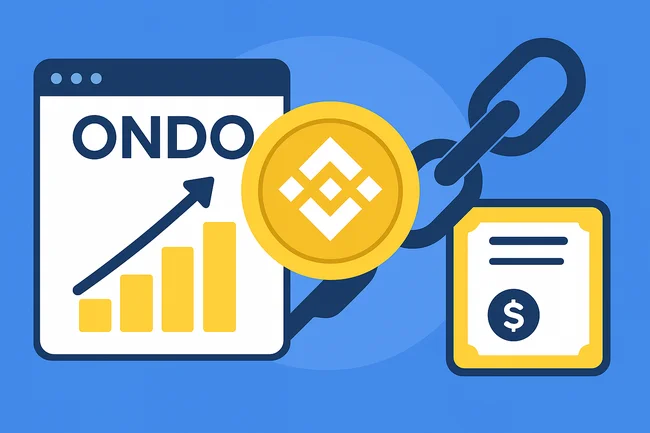Execution boundary refers to the division between the on-chain and off-chain execution of operations within a blockchain system. It highlights where transactions or smart contracts are processed and validated.On-chain execution occurs directly on the blockchain, where every participant can see and verify the transaction. This ensures transparency, security, and consensus among network participants. However, it tends to be slower and more costly due to the need for mining or validation by network nodes.Off-chain execution, on the other hand, happens outside the blockchain, allowing for faster and cheaper transactions. This can involve using external databases or services that reduce the load on the blockchain. However, this method may sacrifice some level of transparency and security, as these operations aren’t directly visible to all participants in the network.Understanding the execution boundary helps developers and users gauge the trade-offs between speed, cost, security, and transparency when designing and interacting with blockchain applications and smart contracts.

Ondo Global Markets Expands Tokenized Stock Platform to BNB Chain
Ondo Global Markets, a tokenized stock and exchange-traded fund (ETF) platform, has expanded its operations to BNB Chain, one of



